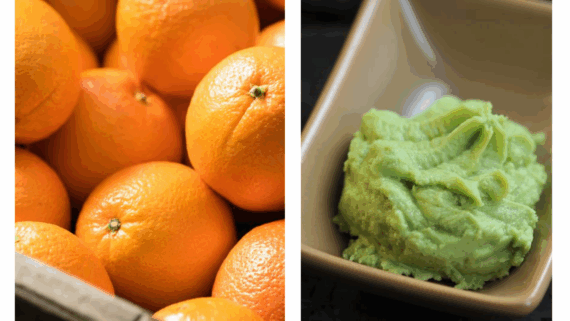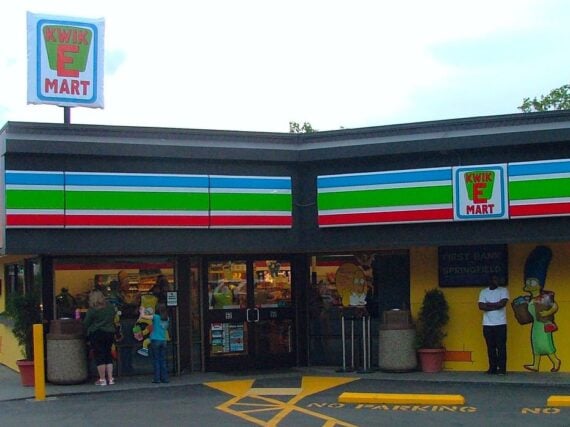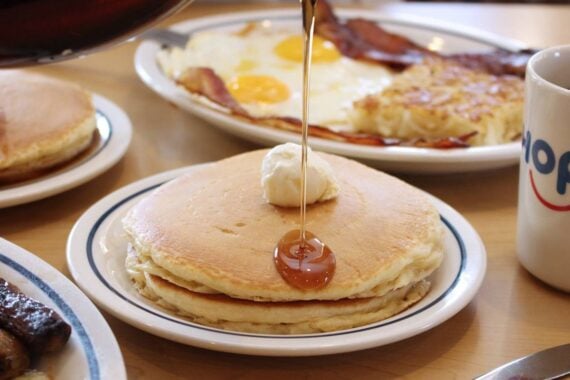There’s a lot of controversy swirling around about artificial food dyes and the ways in which they impact our health these days. Plenty of other countries have outlawed dyes that are found in an alarming number of food products at U.S. grocery stores. Many consumers are starting to phase out artificially dyed foods, but some of them still lurk in the shadows and fly under the radar. Here are nine foods you probably didn’t know have artificial dye in them.
1. Pickles
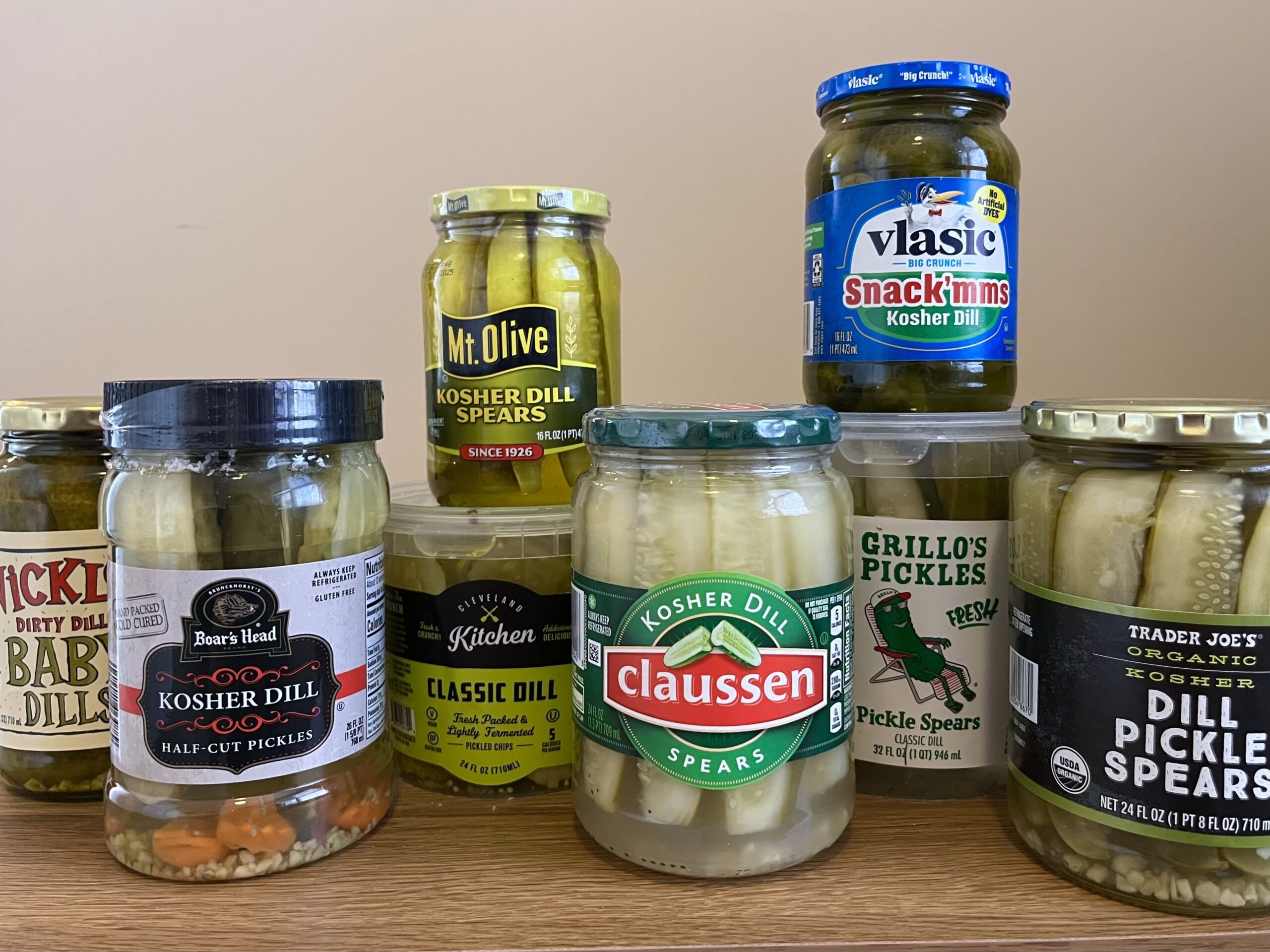
If you notice a jar of pickles that looks particularly fluorescent, you might want to scan the ingredient list for artificial dyes like Yellow 5, Yellow 6, or Blue 1. Many brands use dye to enhance the hue of their pickles, including popular brands like Mt. Olive.
2. Salad Dressing
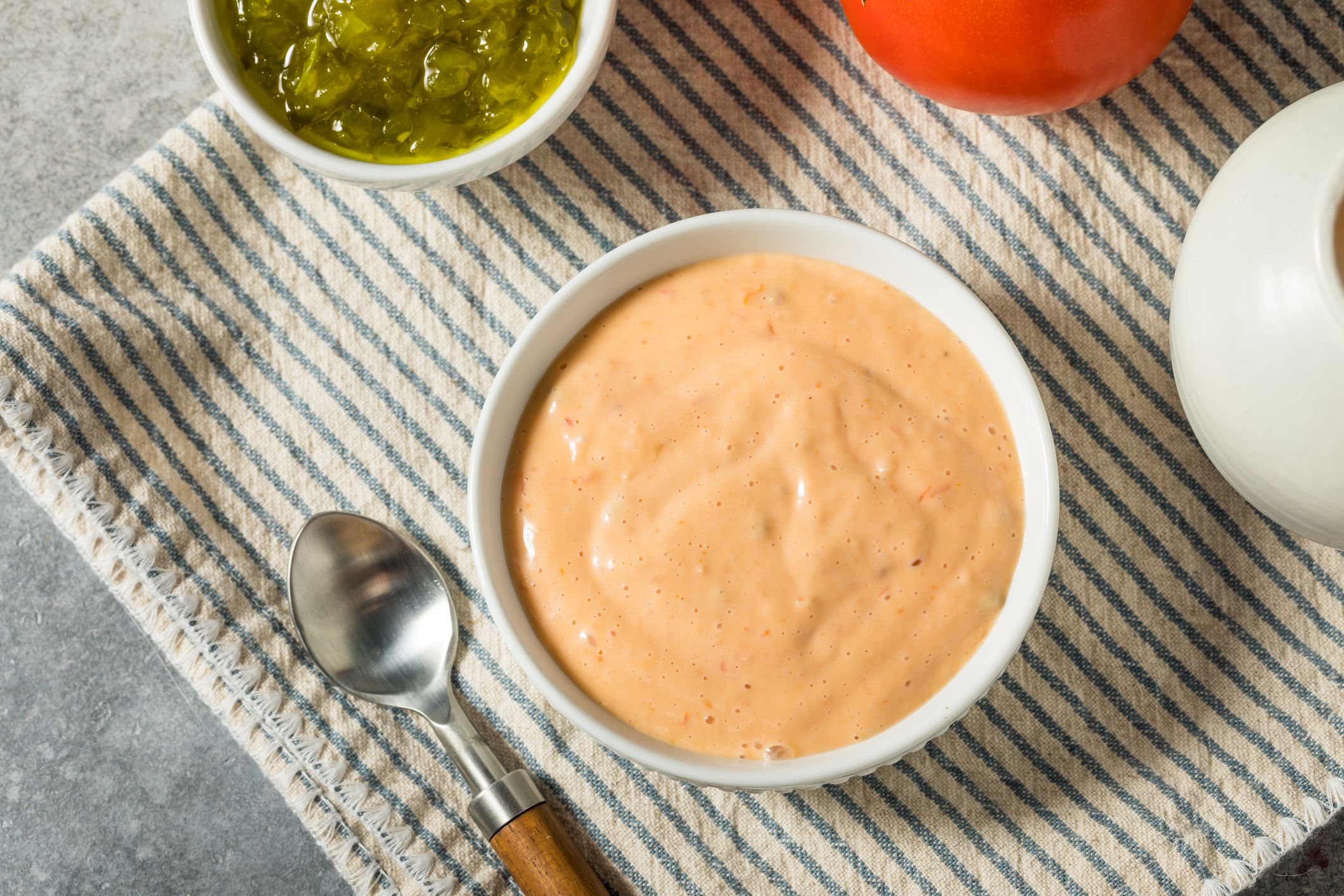
An alarming number of bottled salad dressings contain artificial dyes — and not just the ones that might not surprise you much due to their color, like Thousand Island and French dressing. Some Caesar and Ranch varieties also contain artificial dyes, despite their mostly white appearances.
3. Wasabi
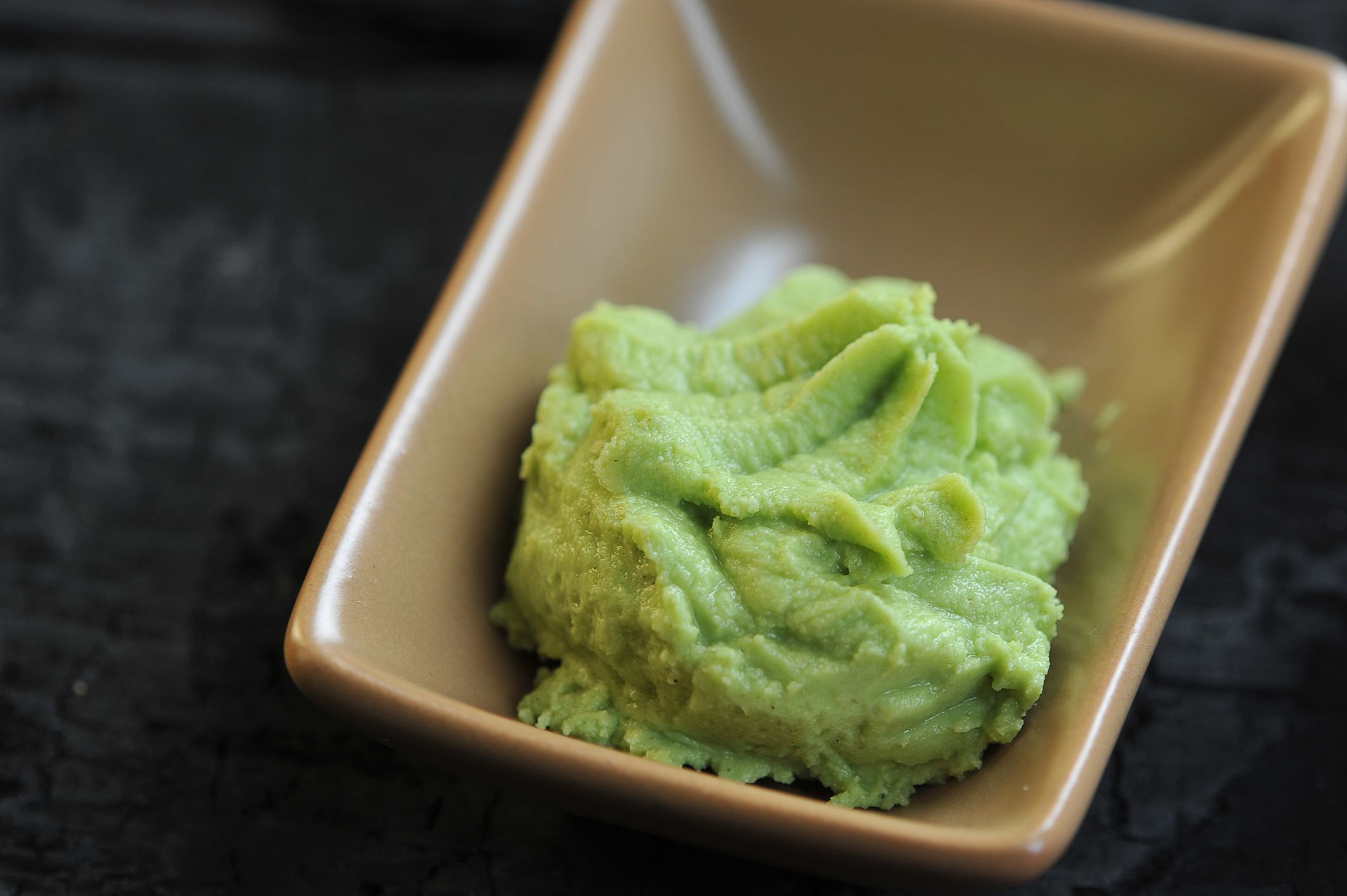
Real wasabi is made from the grated underground stem of the wasabi plant. When you get takeout from your local sushi joint, however, you’re more than likely getting a wasabi imposter made out of European horseradish and green food coloring.
Related: Costco Is Launching Sushi Counters Across America — Here’s Everything You Need To Know
4. Processed Cheese
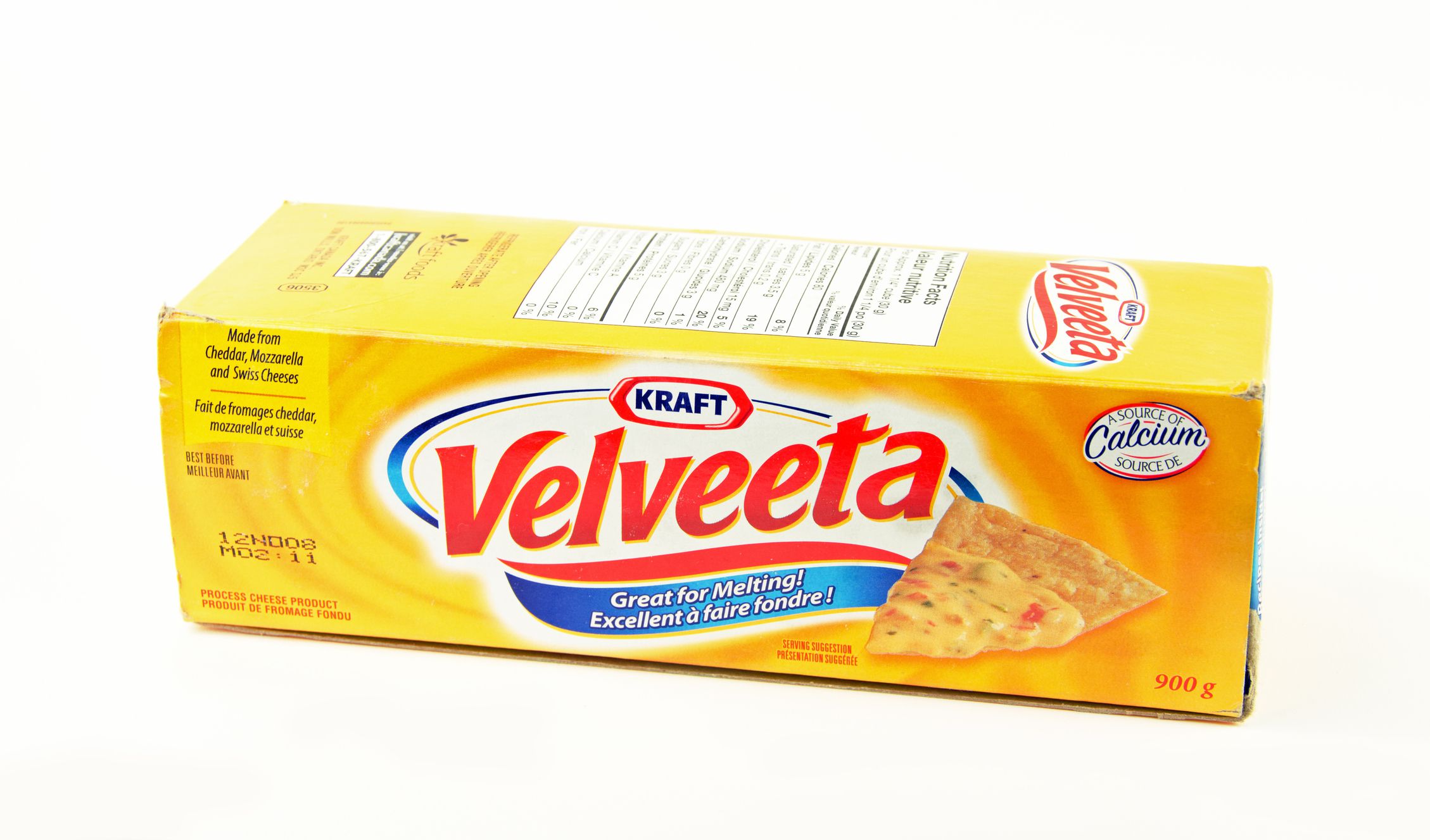
We’re pretty sure there aren’t many people who believe processed cheese is made with uncompromised, nutritious ingredients. We knew this stuff was a questionable concoction, but the artificial dye to achieve the cartoony yellow-orange shade lands somewhere between “Why not? This stuff is already as fake as it gets” and total consumer manipulation.
5. Flavored Yogurt
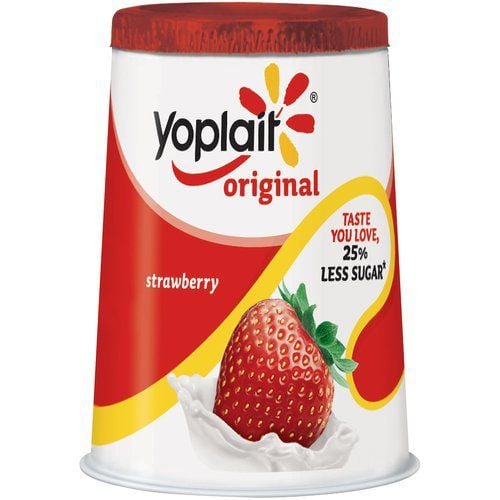
It’s not alarming that kids’ yogurts like Trix or anything cotton candy-flavored is laden with artificial dyes. But it feels like a downright betrayal that the flavored containers of Yoplait don’t get their color from the fruit, but instead from food coloring. What a farce.
For more smart consumer tips, please sign up for our free newsletters
Trending on Cheapism
6. Salsa
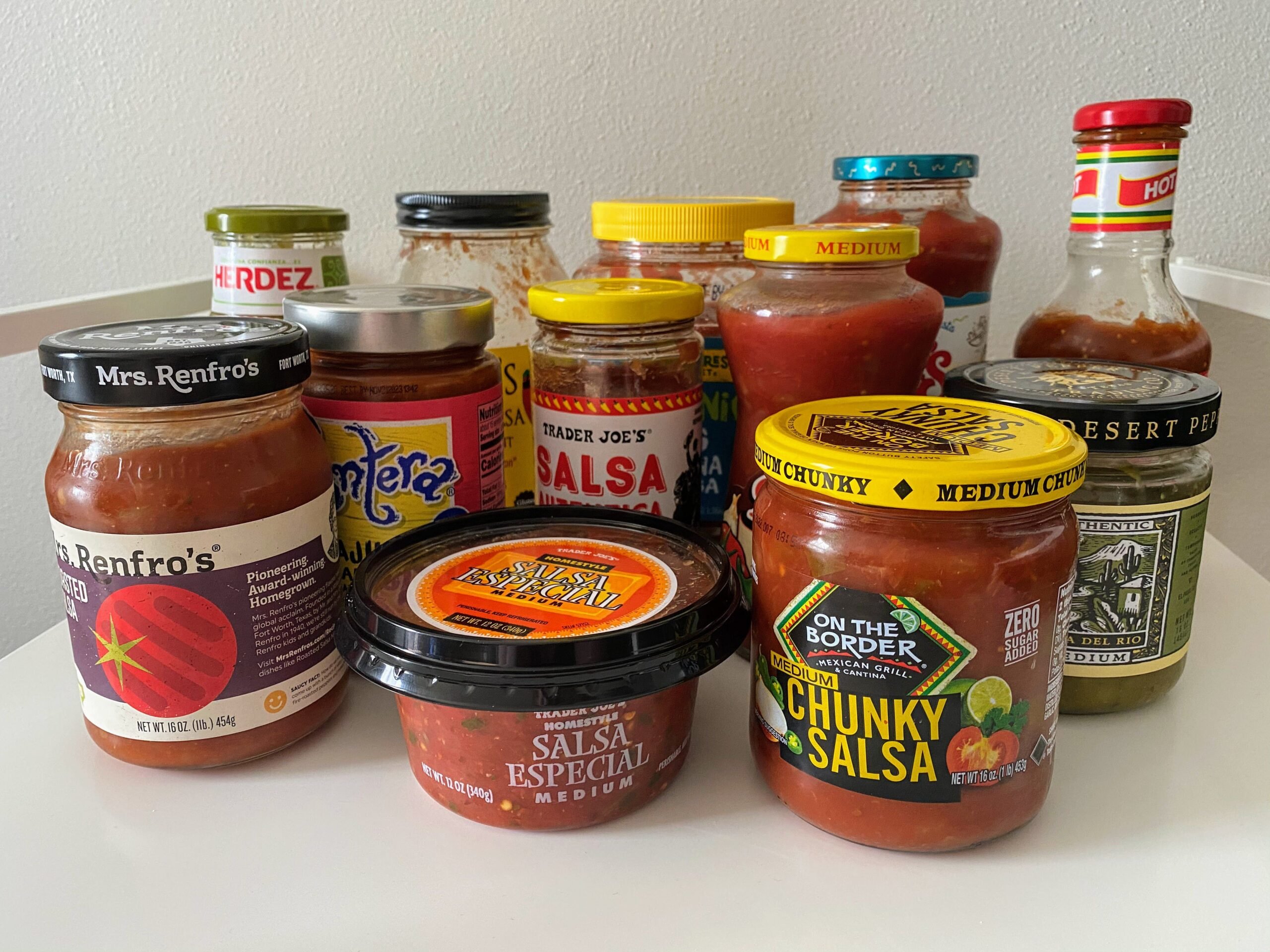
Tomatoes are red, people. We thought we could trust salsa makers to rely on the red from the tomatoes. Instead, several brands bring Red 40 into the mix to make their salsa appear more tantalizing.
7. Farm-Raised Salmon
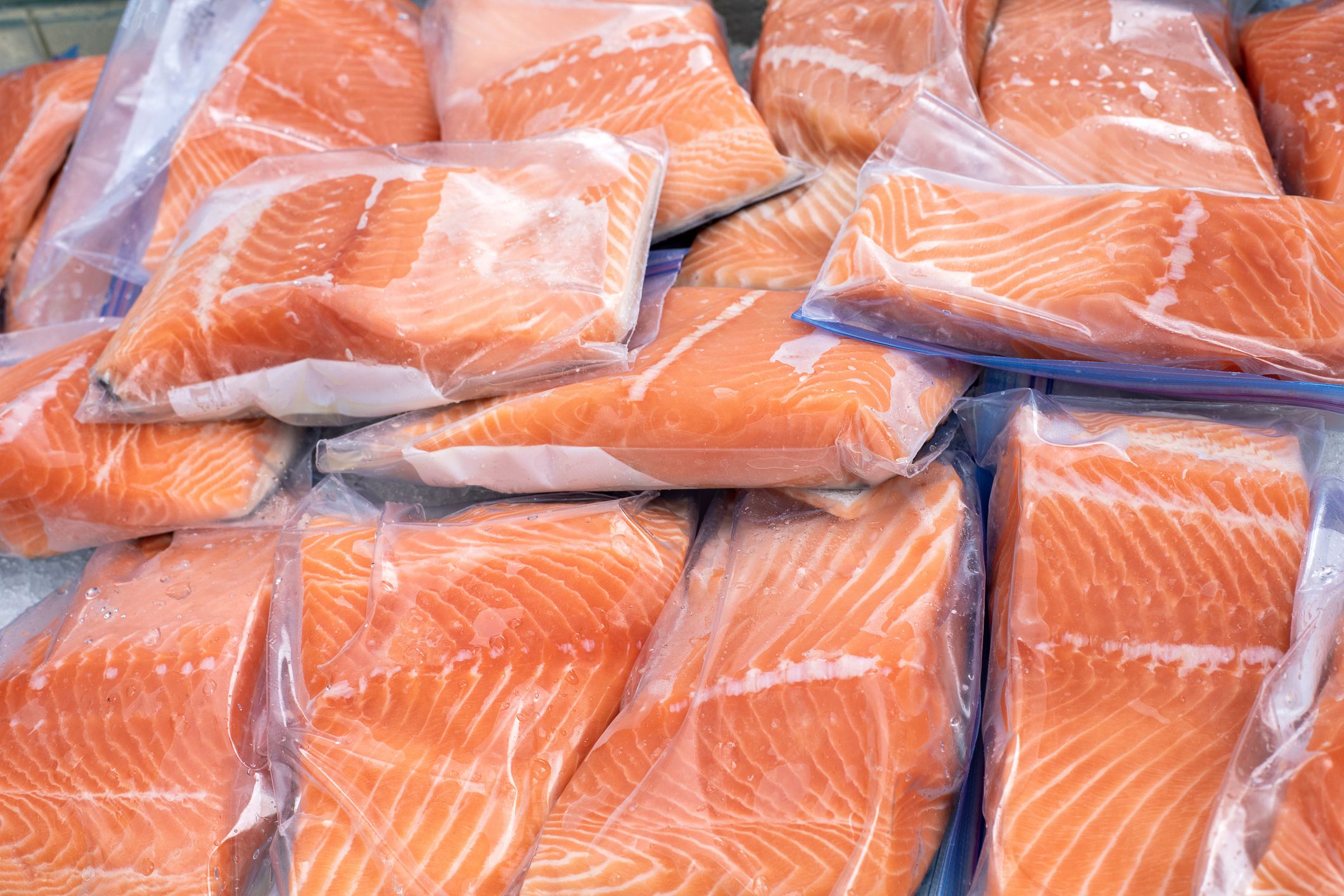
Wild salmon get their identifying orangeish-pink flesh from the carotenoids they consume as part of their algae and plant-laden diet. Farm-raised salmon are not fed such things, however, since they’re swimming around in stock tanks rather than natural water sources. Because their environment and subsequent diets are different than wild salmon, the farm-raised stuff is often treated with artificial dye to give it that hue people want to see when they purchase a slab of salmon.
8. Oranges
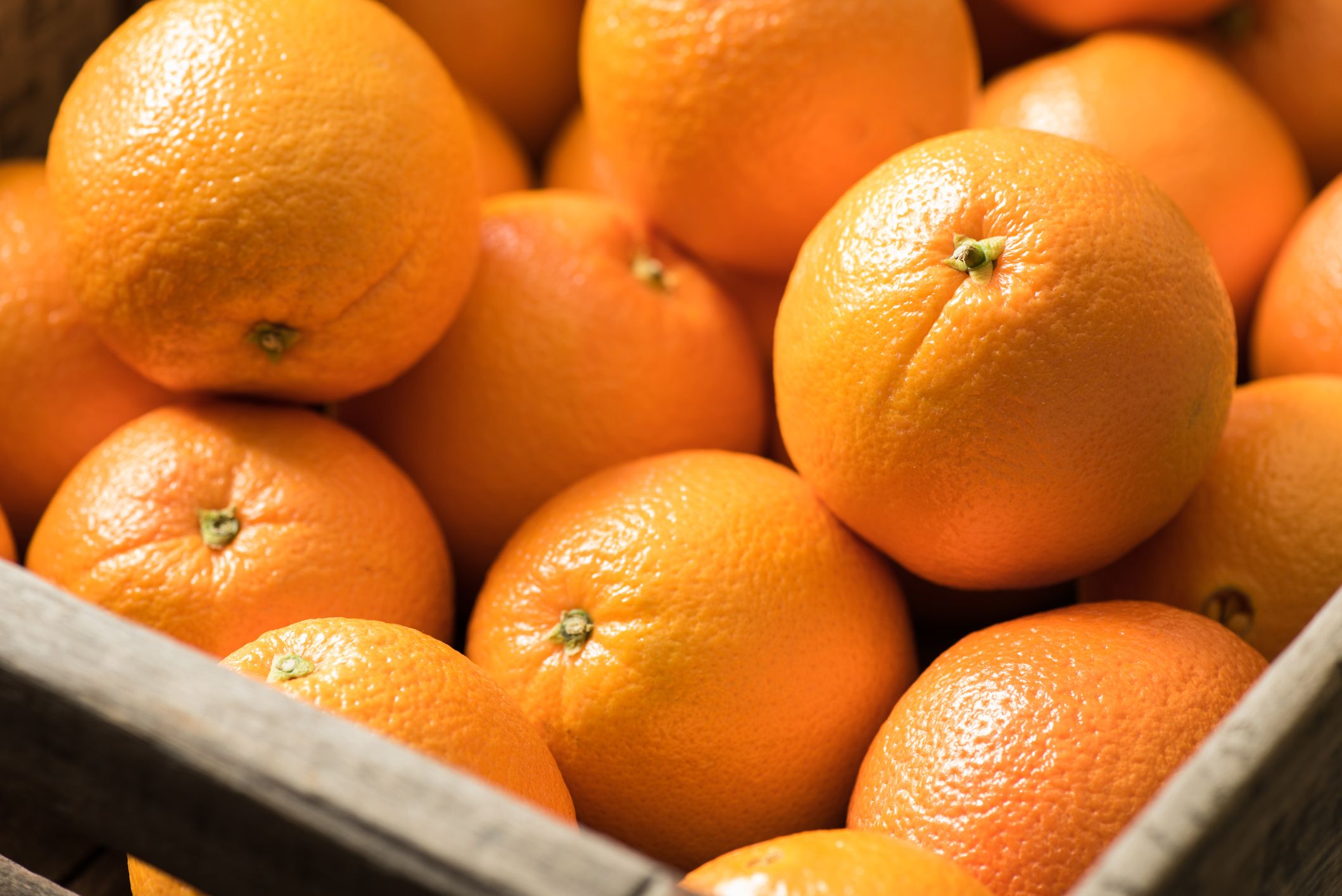
Since the 1950s, the FDA has allowed citrus growers to artificially dye the skins of their oranges to give them an appearance that’s, well, more orange. The dye is called Citrus Red 2, and it’s only allowed on oranges that aren’t used to mass-produce orange juice.
Sign up for our newsletter
9. Microwave Popcorn
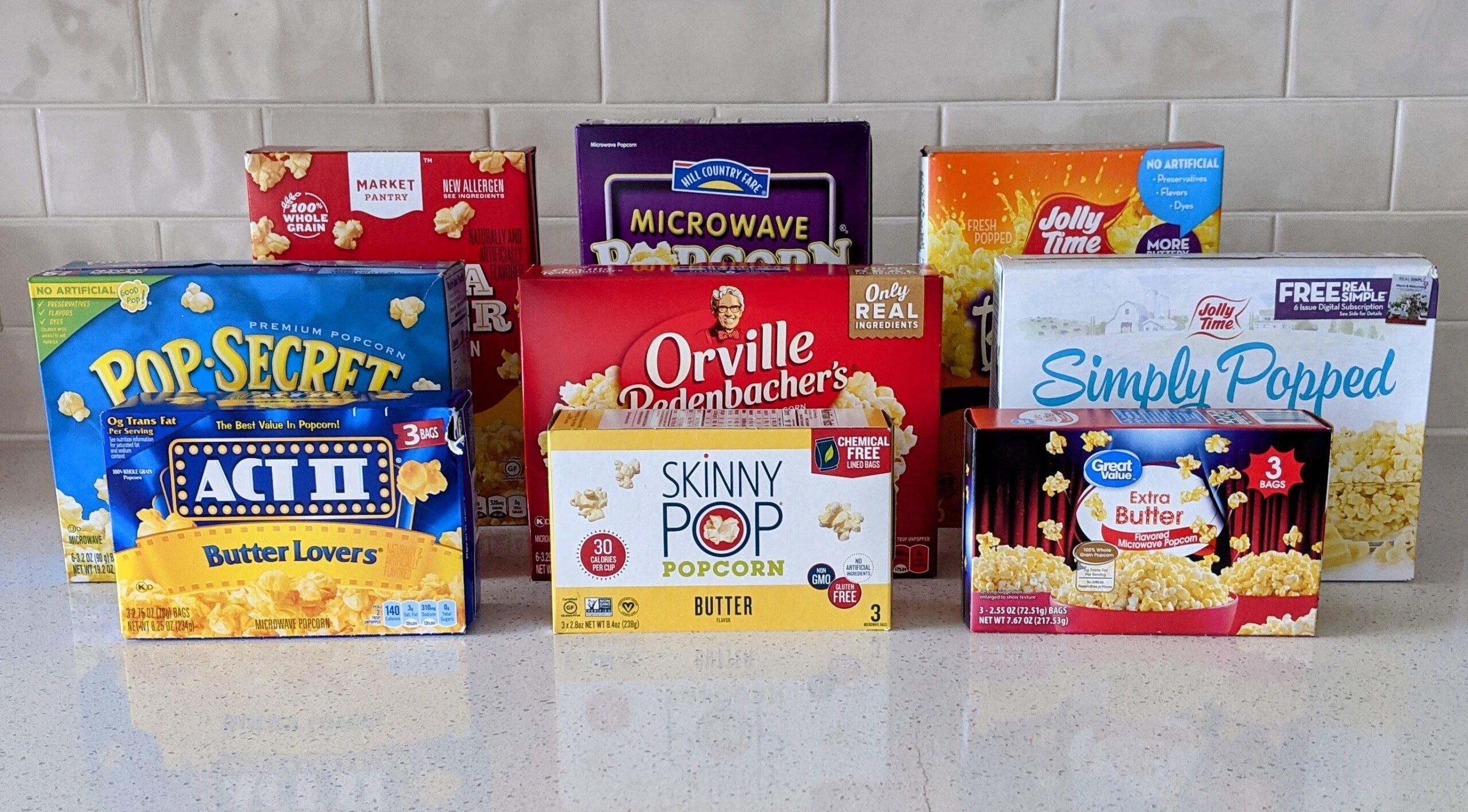
Microwave popcorn doesn’t always get it’s sunshiney shade from real butter. Instead, some popcorn makers use artificial food dyes to achieve a more appealing tone of yellow.
